Learning that can excite learners to continue their work well beyond the school day sounds like the kind of exercise schools would want to encourage more. Project-based learning has come and gone since the early 20th century. Today, thanks to real world challenges such as the United Nations’ SDG’s, it is enjoying a comeback. In this style of learning, students must address a problem that’s impacting their local or global community. They follow a process that teaches them how to organize and present their thinking in a limited amount of time. They have to collaborate with other classmates to find solutions and then present their findings to a group. All the skills involved in the exercise are critical for today’s world.
This month we asked our top global teachers to discuss project based learning (PBL). What does a high quality PBL program look like in a classroom?
“The students described their experience with PBL in their classes using strong adjectives such as ‘amazing’, ‘joyful’, ‘authentic’, ‘powerful’ and ‘resourceful’ that stays on for lifelong learning. It helped our students give and receive constructive peer feedback,” writes educator Prerna Kumar in India (referred by Rashmi Kathuria @rashkath). She adds, “PBL has allowed me to explore a number of possibilities. In brief, it keeps me on the hunt for new ideas.” Read More.
Collaboration is key,” writes Koen Timmers (@zelfstudie). His innovative global Climate Change project has students across 6 continents researching and brainstorming 4 climate related topics. The students will share their findings via videos and presentations on https://climate-action.info. They will learn from their peers as they travel the world via Skype, with their teacher available to mentor as needed. Read More.
Marjo Rantanen from the Kartanonranto School in Finland (referred by Maarit Rossi @pathstomath) tells us her school participated in a EU project called Innovative and Entrepreneurial Solutions to Climate Change. What did the students and teachers learn? Read More.
Recently at Elisa Guerra Cruz’ (@ElisaGuerraCruz) school in Mexico, teachers have been focused on talking about SDG #12, “Responsible consumption and production.” 7th and 8th grade students were challenged to think about ways to improve eating habits that would benefit the planet. What did the students learn? Read More.
At Robert Adams Middle School in Holliston, MA, Technology/Engineering teacher Michelle Roy and Social Studies teacher Matt Cotter are collaborating on a project that uses Micro Bit, writes Adam Steiner (@adamcsteiner). Students are addressing SDG Goals #3 (Good Health and Wellbeing), Goal #4 (Quality Education) and Goal #16 (Peace, Justice and Strong Institutions). What are they learning? Read More.
Michael Soskil (@msoskil) tells us that last year, after hearing about the drought and famine affecting children in Malawi, his 5th grade students “designed aquaponics units out of recycled materials that grew food with 90% less water than traditional farming. My students don’t ask me why they are learning. The relevance is obvious.” Read More.
Nam Ngo Thanh (@mrnamvas) writes that Information technology has a strong impact “when combined with teaching projects.” As a result of the Everyday Kindness project, his students have connected to more than 42 classes around the globe. “Now, my students are confident in using technology in all their classroom activities. I believe they are ready to become a global citizen in the future.” Read More.
“Picture yourself as a 10 year old student in my Grade 5 class in Singapore,” writes Craig Kemp (@mrkempnz). “I am your teacher and we are learning about fractions and decimals. Instead of using traditional forms of teaching fractions and decimals, I issue you a challenge and you embark on the journey of creating a board game (project) to show your learning and justify your understanding of concepts.” Read More.
Top Row L to R: Armand Doucet, Craig Kemp, Richard Wells, Elisa Guerra Cruz, Jim Tuscano, Carl Hooker
Middle Row L to R: Jelmer Evers, Maarit Rossi, Koen Timmers, C.M. Rubin, Michael Soskil, Miriam Mason-Sesay
Bottom Row L to R: Nadia Lopez, Rashmi Kathuria, Shaelynn Fransworth, Adam Steiner, Vicki Davis, Warren Sparrow
Join me and globally renowned thought leaders including Sir Michael Barber (UK), Dr. Michael Block (U.S.), Dr. Leon Botstein (U.S.), Professor Clay Christensen (U.S.), Dr. Linda Darling-Hammond (U.S.), Dr. MadhavChavan (India), Charles Fadel (U.S.), Professor Michael Fullan (Canada), Professor Howard Gardner (U.S.), Professor Andy Hargreaves (U.S.), Professor Yvonne Hellman (The Netherlands), Professor Kristin Helstad (Norway), Jean Hendrickson (U.S.), Professor Rose Hipkins (New Zealand), Professor Cornelia Hoogland (Canada), Honourable Jeff Johnson (Canada), Mme. Chantal Kaufmann (Belgium), Dr. EijaKauppinen (Finland), State Secretary TapioKosunen (Finland), Professor Dominique Lafontaine (Belgium), Professor Hugh Lauder (UK), Lord Ken Macdonald (UK), Professor Geoff Masters (Australia), Professor Barry McGaw (Australia), Shiv Nadar (India), Professor R. Natarajan (India), Dr. Pak Tee Ng (Singapore), Dr. Denise Pope (US), Sridhar Rajagopalan (India), Dr. Diane Ravitch (U.S.), Richard Wilson Riley (U.S.), Sir Ken Robinson (UK), Professor Pasi Sahlberg (Finland), Professor Manabu Sato (Japan), Andreas Schleicher (PISA, OECD), Dr. Anthony Seldon (UK), Dr. David Shaffer (U.S.), Dr. Kirsten Sivesind (Norway), Chancellor Stephen Spahn (U.S.), Yves Theze (LyceeFrancais U.S.), Professor Charles Ungerleider (Canada), Professor Tony Wagner (U.S.), Sir David Watson (UK), Professor Dylan Wiliam (UK), Dr. Mark Wormald (UK), Professor Theo Wubbels (The Netherlands), Professor Michael Young (UK), and Professor Minxuan Zhang (China) as they explore the big picture education questions that all nations face today.
The Global Search for Education Community Page
C. M. Rubin is the author of two widely read online series for which she received a 2011 Upton Sinclair award, “The Global Search for Education” and “How Will We Read?” She is also the author of three bestselling books, includingThe Real Alice in Wonderland, is the publisher of CMRubinWorld and is a Disruptor Foundation Fellow.
Follow C. M. Rubin on Twitter: www.twitter.com/@cmrubinworld

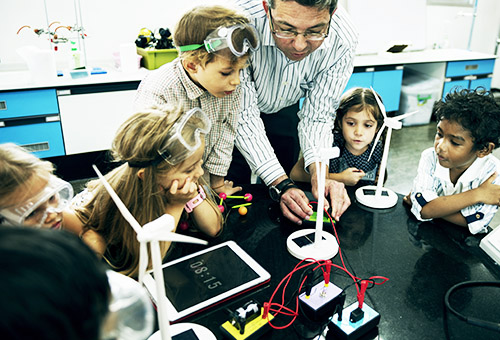
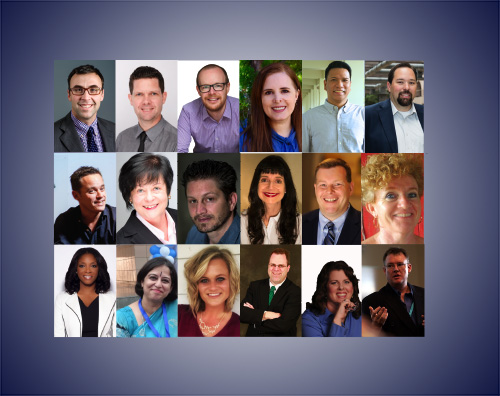
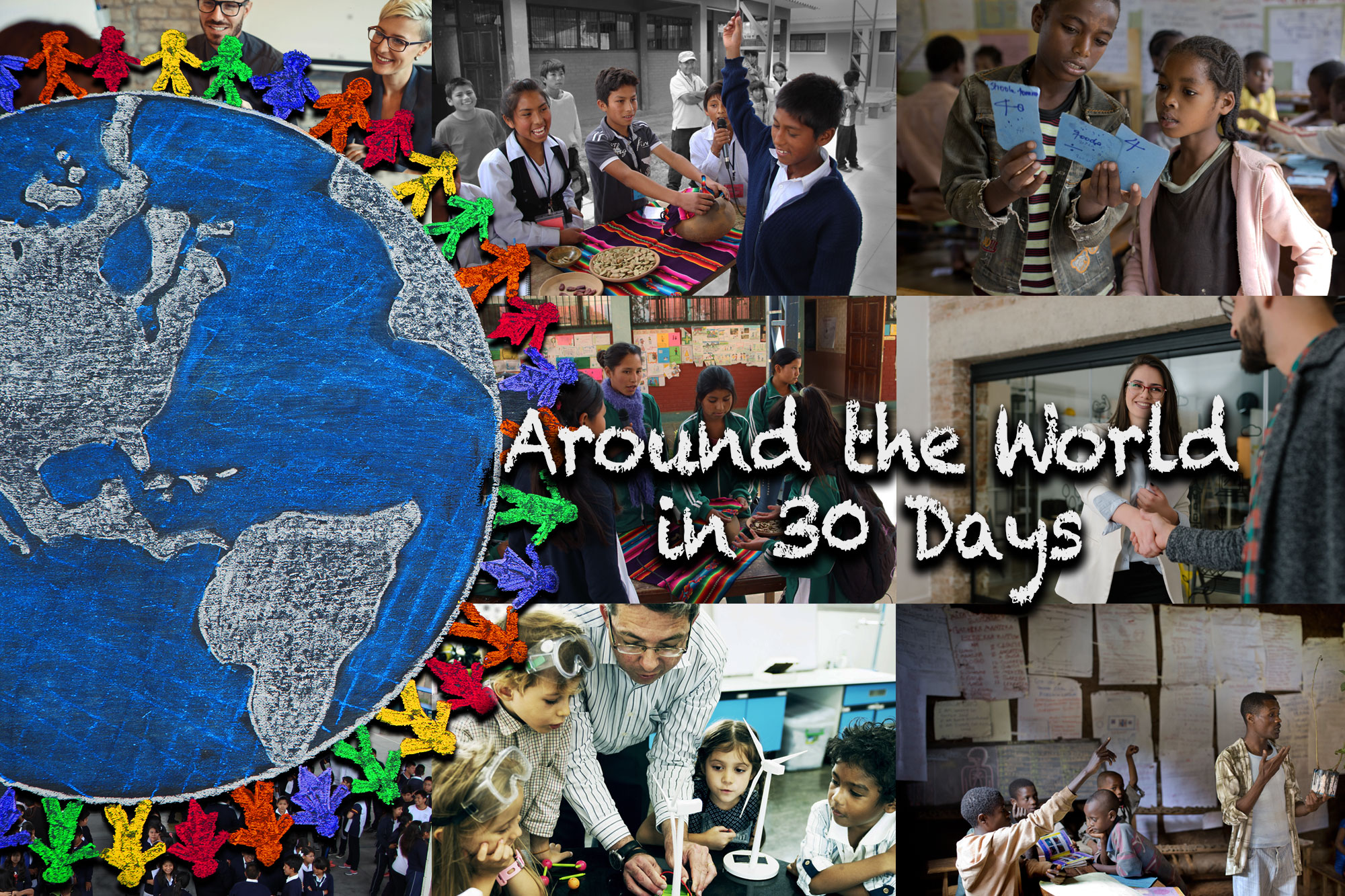
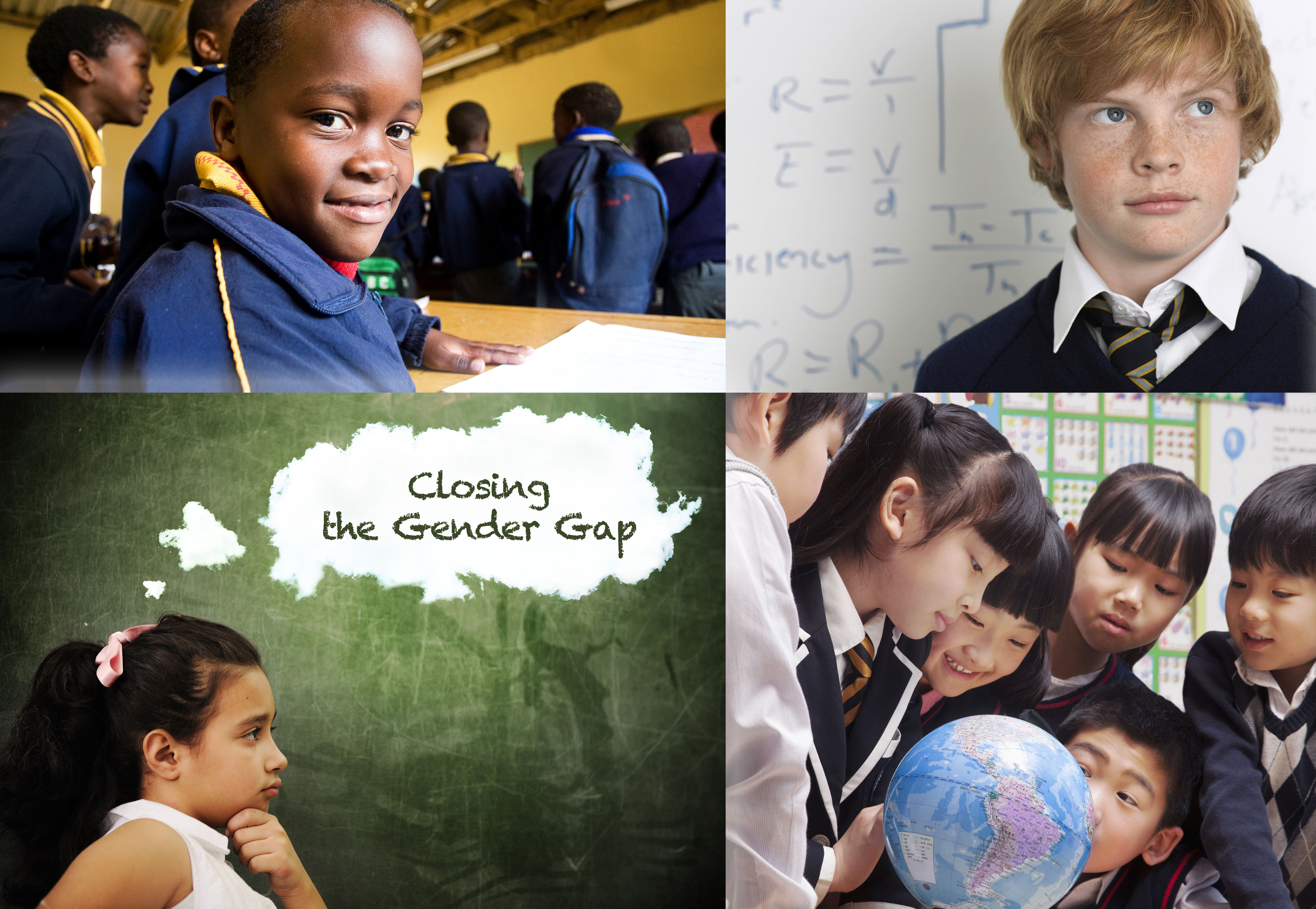
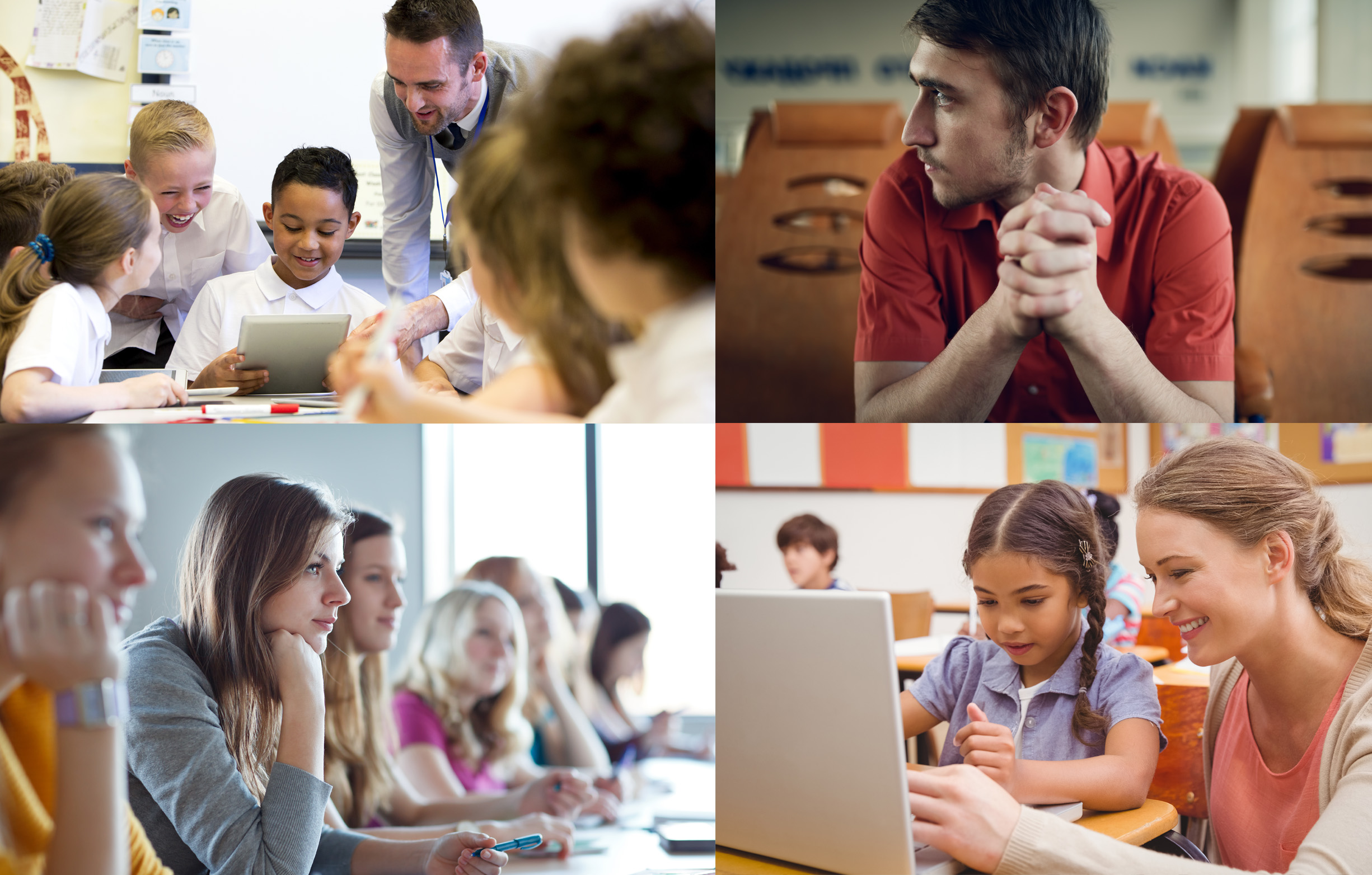
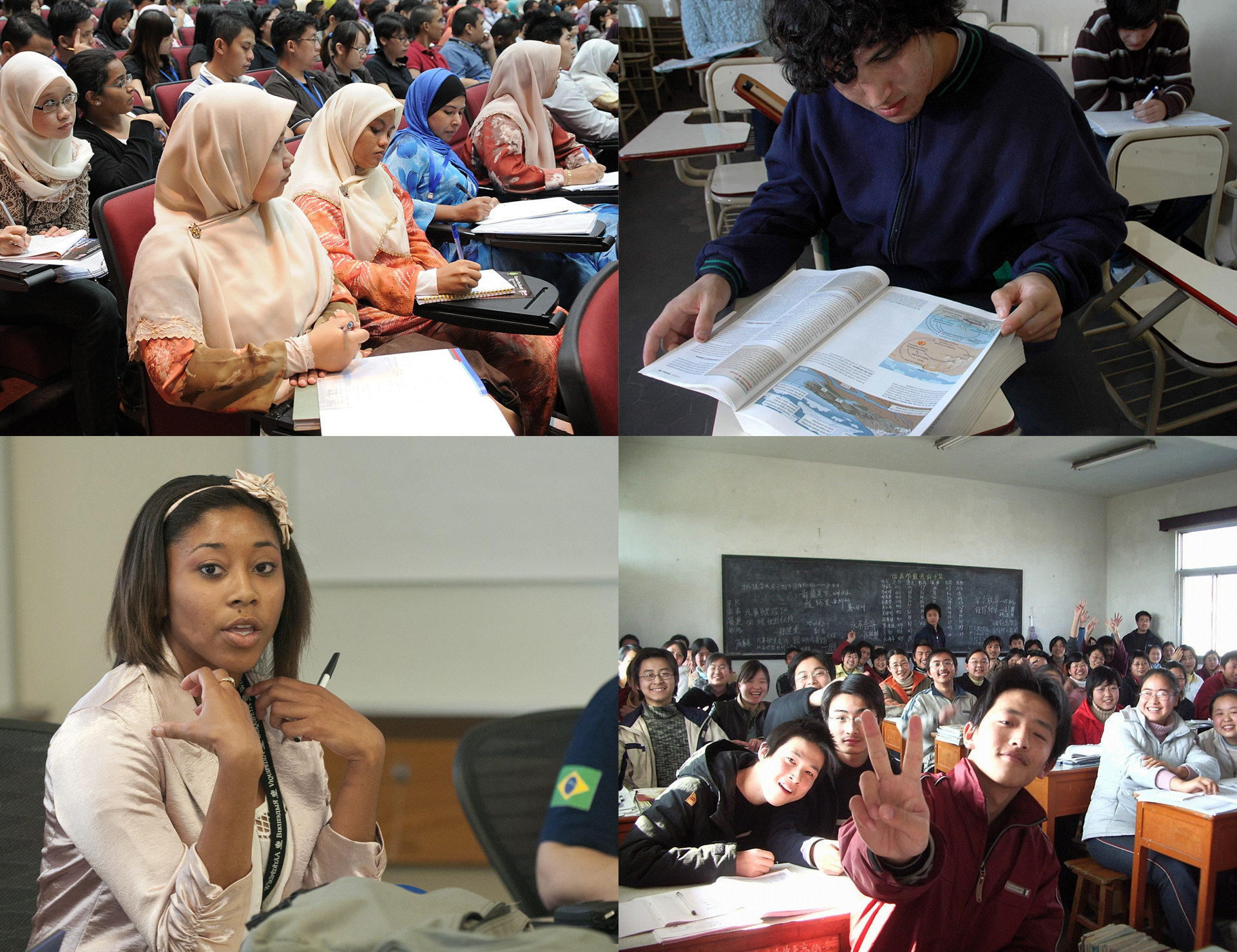
Recent Comments